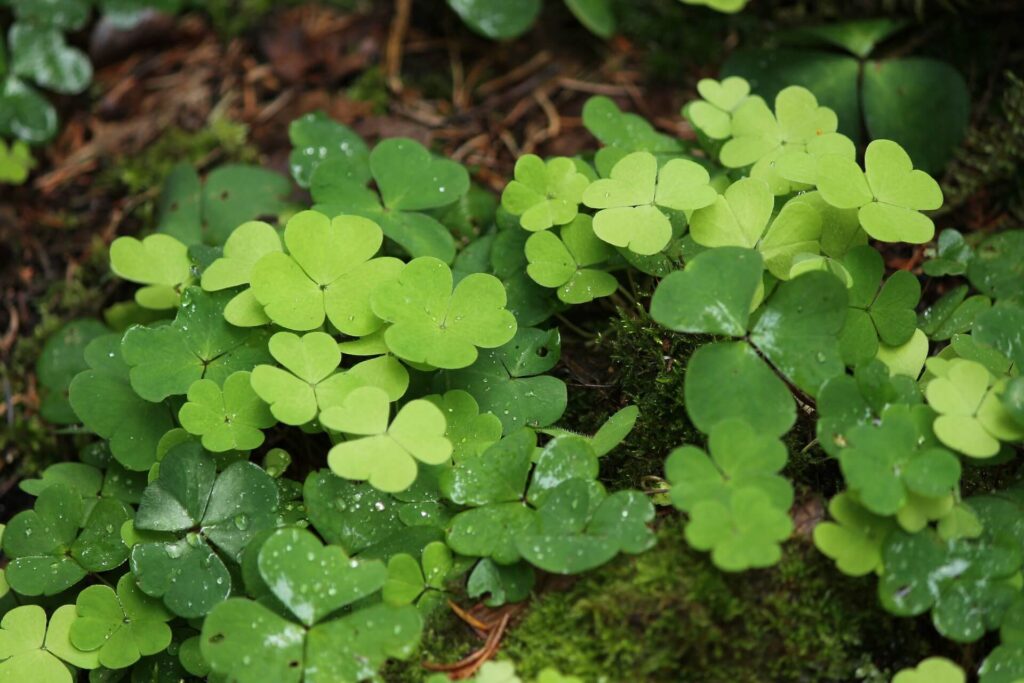My mother was explaining to me the other day, she had watched a show on TV discussing high food prices and how to save money by consuming edible weeds. Before you eat a plant gathered in the wild, it is very important to know what you are eating, so you don’t poison yourself and become sick or are allergic to the plants.
Wild Violets, Wood Sorrel, and Creeping Charlie
Wild Violets
To many, the little purple blue flowers that often blooms in lawns is considered a weed. But violets are a beautiful spring flower. Violets can be purple, white, mixed blue and white, and even yellow. My parents who lived in Perry County, Ohio had an entire bank of yellow flowering violets. They were always such a delight to see in the spring! Violets are native to central and eastern Canada and the U.S. They will grow about anywhere but like a moist, rich soil in partial shade.
People frequently place the edible flowers in salads or iced drinks. Flowers can be made into jellies or candied or baked into desserts. The leaves are also edible added to a salad or cooked as greens, and have high levels of vitamins A and C.
Advertisement - Story continues below
Request advertising info. View All.
Wood Sorrel
Wood Sorrel is a common weed growing across the US with compound leaves and bright little yellow flowers. The leaves resemble a shamrock. Wood Sorrel, or Oxalis , means ‘sour’ due to the oxalic acid in the plant. Many common vegetables like broccoli and spinach also contains oxalic acid. Consumed in large amounts can disrupt the body’s ability to take in calcium. People with gout, arthritis, or kidney stones should avoid Wood Sorrel.
If you are very thirsty, Wood Sorrel is a great thirst quencher! The leaves, flowers, and immature seed pods have almost a lemon-like taste. Wood Sorrel is often added to salads, soups, sauces and made into a refreshing tea sweetened with honey.
Creeping Charlie
Creeping Charlie is a vine like plant with scalloped leaves and tiny blue flowers in the spring. When crushed, this plant, which is in the mint family, has a very pleasing minty aroma. It was first brought to America from Europe as a medical plant and a ground cover. To many it is an aggressive weed quickly taking over an area, even in deep shade. For years, I struggled to pull it up under my rose bushes. It grew faster than I could pull it up. Now I leave most of it because it does make an attractive ground cover.
The young leaves with a mild mint-like taste are eaten raw or cooked. If tossed in a salad it adds a slight nice smelling tang. It is sometimes cooked with spinach, added to stews and soups and egg omelets. A refreshing minty tea can be brewed from the leaves. Beer lovers say added to the making of beer improves the flavor.
It is interesting to note, Creeping Charlie is toxic to horses.
In part three of edible weeds, we will be discussing Crimson Clover, Forget-Me-Nots, and Hop Clover.
